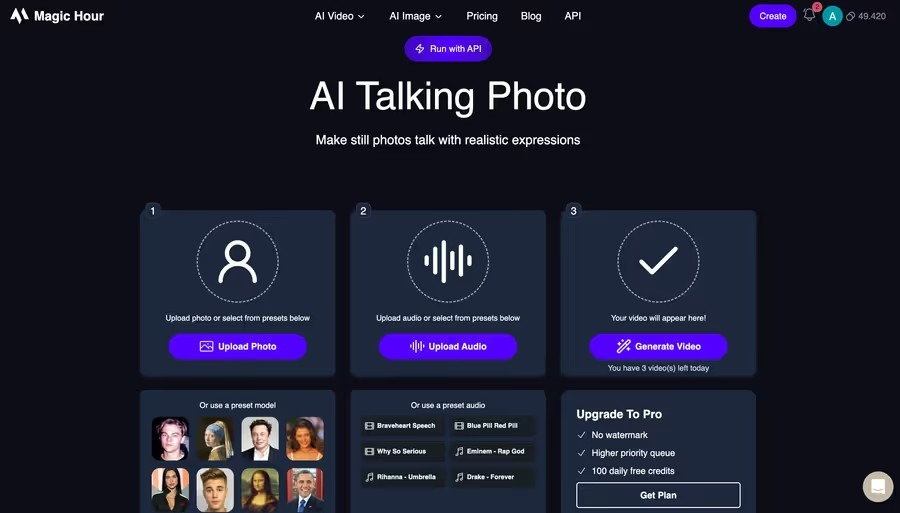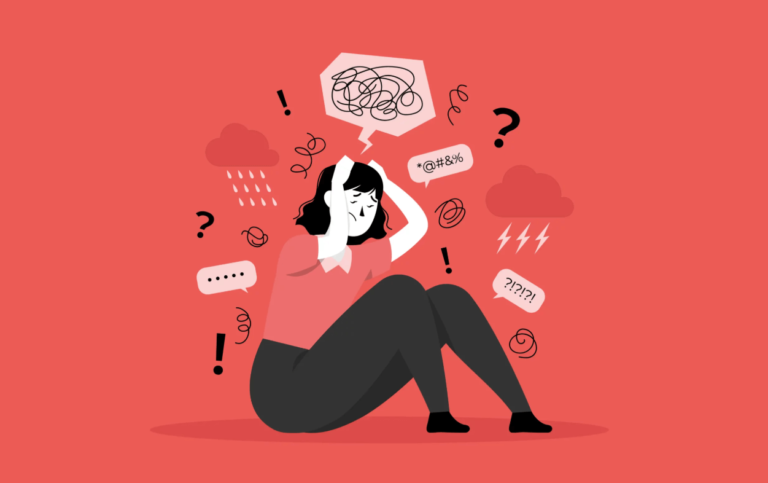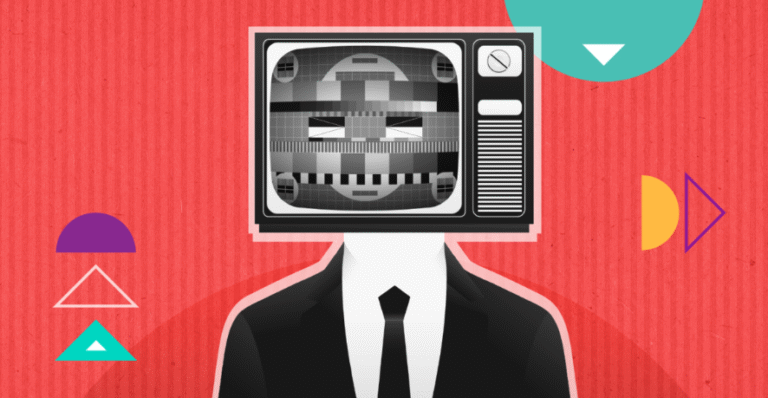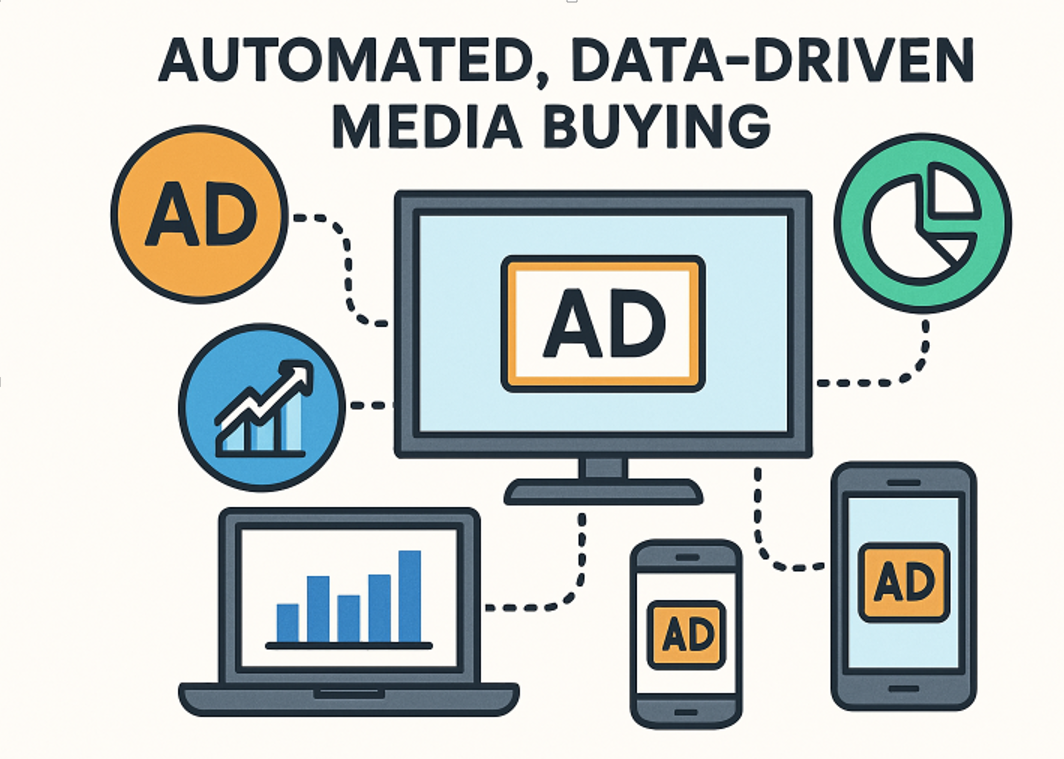The Best AI Image Editor with Prompt-Free & AI Talking Photo Tools in 2025
As of late 2025, AI image and talking photo tools have moved far beyond gimmicks. They’re now integral to how creators, marketers, and startups generate content — from hyperreal product visuals to personalized avatar videos.
If you’ve ever wished for an ai image editor with prompt free creation or a tool that can turn a photo into a talking, lip-synced video, this guide will save you hours of trial and error.
I’ve spent the past month testing 20+ of the most popular tools for creators, developers, and marketing teams. Below are the 10 best AI image editors and AI talking photo tools in 2025 — ranked by ease of use, creative control, and commercial readiness.
Best AI Image & Talking Photo Tools at a Glance
| Tool | Best For | Modalities | Platforms | Free Plan | Starting Price |
|---|---|---|---|---|---|
| Magic Hour | All-in-one image & video creation | Image, video, face swap, lip sync | Web | ✅ | $10/mo |
| D-ID | Talking photo generation | Image-to-video, speech | Web | ✅ | $5/mo |
| HeyGen | Studio-quality AI avatars | Video, lip sync | Web | ❌ | $29/mo |
| Runway ML | Professional editing | Image, video | Web | ✅ | $15/mo |
| Pika Labs | Image-to-video storytelling | Video, animation | Web | ✅ | $10/mo |
| Synthesia | Business-grade talking heads | Video, voice cloning | Web | ❌ | $30/mo |
| Reface | Fun face swaps | Video, mobile | iOS, Android | ✅ | Free w/ ads |
| Artbreeder | Character creation | Image | Web | ✅ | $8/mo |
| Kaiber | Artistic image to video | Video, music sync | Web | ✅ | $10/mo |
| Elai.io | Talking photo presentations | Video | Web | ❌ | $23/mo |
1. Magic Hour — The Best AI Image Editor with Prompt-Free Workflow
Magic Hour AI Image Editor has rapidly become the creative industry’s benchmark for prompt-free AI editing. Unlike most tools that demand detailed text prompts, Magic Hour’s interface lets you edit visually — without typing a single word.
You can drag, erase, expand, and restyle elements in real time. More impressively, the platform connects seamlessly to its suite of AI media products — including lip sync ai, face swap ai, and image to video ai. Together, these tools cover the full creative pipeline: from still image to animated, talking character.
Pros
- True prompt-free AI editing — visual interface, no need for text commands
- Integrates with face swap, lip sync, and video generation modules
- Excellent output fidelity and color accuracy
- Supports commercial licensing for marketing use
- Intuitive timeline for image-to-video transformations
Cons
- Cloud-only (no offline desktop mode)
- Some pro animation features require paid plan
Evaluation:
After testing Magic Hour for two weeks, it’s the only editor that felt genuinely “assistive” — as if the AI understands your intent through context, not keywords. The prompt-free editor is a game changer for content teams that want speed without sacrificing control.
Pricing: Creator is $10/mo and Pro is $49/mo.
2. D-ID — Best for AI Talking Photo Generation
D-ID popularized the “talking photo” trend. You upload a portrait, choose or upload an audio file, and in seconds the face comes alive with natural movement and lip sync.
Pros
- Realistic face animation with expressive detail
- Simple upload-to-video workflow
- API access for developers
- Affordable for personal use
Cons
- Limited creative control (fixed camera angles)
- Occasional facial jitter in complex expressions
Evaluation:
D-ID remains one of the fastest tools for quick talking photo videos. For marketing teams who need personalized intros or explainer avatars, it’s efficient and reliable.
Pricing: Free trial; plans from $5/month.
3. HeyGen — Best for Studio-Quality Talking Avatars
HeyGen is often compared to Synthesia but with a lighter, more flexible interface. It allows users to generate highly realistic talking avatars using uploaded photos or prebuilt templates.
Pros
- Excellent facial realism and audio sync
- Supports multiple languages and tones
- High customization (camera, lighting, outfits)
Cons
- Steeper price point than others
- Not ideal for casual users
Evaluation:
If you want corporate-grade avatar videos or customer onboarding content, HeyGen’s realism stands out. The tool is also gaining popularity in educational and HR training spaces.
Pricing: From $29/month; no free plan.
🎨 4. Runway ML — Best for Pro-Grade Editing
Runway ML remains the top choice for professionals who blend AI with traditional creative tools. It’s less “auto-magic” than Magic Hour, but far more configurable for complex workflows.
Pros
- Layer-based editing (like Photoshop + AI)
- Green screen, motion tracking, and keyframe support
- Integrates with Adobe workflows
- Advanced control for color and motion
Cons
- Learning curve for new users
- Heavier on GPU usage
Evaluation:
I use Runway for cases where precision matters — such as integrating AI-generated scenes into real footage. For editors already familiar with video compositing, it’s a powerful ally.
Pricing: Free tier available; paid plans start at $15/month.
📽️ 5. Pika Labs — Best for Image-to-Video Storytelling
Pika Labs turns static images or sketches into cinematic clips. It’s a favorite among indie creators and early-stage studios looking for fast previsualization.
Pros
- Converts static art into dynamic video
- Good temporal consistency
- Simple browser interface
Cons
- Limited fine control on camera motion
- Occasional motion blur artifacts
Evaluation:
Pika Labs’ latest model handles scene continuity surprisingly well. Combine it with Magic Hour’s image to video ai for professional results in storytelling workflows.
Pricing: Free plan with watermark; $10/month for premium.
🧍 6. Synthesia — Best for Business-Grade AI Presentations
Synthesia has dominated corporate video production for years. Its talking avatars are polished, consistent, and ideal for enterprise communication.
Pros
- Enterprise-grade stability
- 120+ languages and professional voiceovers
- Template library for training and onboarding
Cons
- Avatars can look slightly “flat”
- Expensive for small teams
Evaluation:
For internal communications and multilingual training videos, Synthesia’s polished ecosystem and security compliance make it a safe investment.
Pricing: From $30/month, billed annually.
😄 7. Reface — Best for Face Swap and Social Content
Reface made AI face swap accessible before most competitors caught up. It remains the best mobile-first tool for quick entertainment content.
Pros
- Instant face swap on mobile
- Viral social integration (TikTok, Instagram)
- Great for memes, short clips
Cons
- Watermark on free version
- Limited for professional use
Evaluation:
If your brand thrives on playful or influencer-style content, Reface is still the fastest route to publish-ready visuals.
Pricing: Free with ads; premium subscription available.
🧬 8. Artbreeder — Best for Creative Experimentation
Artbreeder is a long-time favorite among digital artists who want to “breed” new characters by blending visual genes.
Pros
- Fine control over facial and stylistic attributes
- Perfect for concept artists and character design
- Community-based sharing model
Cons
- Slow rendering on large images
- Interface feels dated
Evaluation:
Artbreeder excels at exploration — when you don’t know what you want yet. It’s still one of the best creative sandboxes for generative visuals.
Pricing: Free tier; premium from $8/month.
🎶 9. Kaiber — Best for Artistic Image-to-Video Transformations
Kaiber uses generative motion to turn static art into short, stylized video loops — perfect for music videos, album teasers, and visualizers.
Pros
- Unique aesthetic style
- Good sync with audio beats
- Fast export and mobile-friendly
Cons
- Stylized outputs may not fit all brand looks
- Some color drift on long sequences
Evaluation:
Kaiber’s strength lies in artistry. Pair it with a sound design platform, and you can generate micro music videos in under an hour.
Pricing: Free plan available; Pro starts at $10/month.
10. Elai.io — Best for AI Talking Photo Presentations
Elai.io focuses on creating training or explainer videos using AI-generated narrators. It’s less about artistry, more about clarity and scalability.
Pros
- Ready-made business templates
- Good avatar diversity
- Integrates slides, charts, and narration
Cons
- Limited creative animation options
- Expensive at higher usage tiers
Evaluation:
For startups producing internal explainer content or SaaS demos, Elai offers quick results without hiring voice actors or video teams.
Pricing: From $23/month; free trial available.
How I Chose These Tools
I spent two weeks evaluating over 20 tools using a consistent workflow — from uploading a portrait and testing talking photo quality to checking prompt-free image editing precision.
Criteria I prioritized:
- Ease of Use: Can non-technical creators produce results in minutes?
- Visual Quality: Sharpness, color, realism, and motion accuracy.
- Prompt Freedom: Does the tool support visual, gesture-based editing?
- Speed: How fast does it render full HD output?
- Commercial Safety: Are the outputs clear for brand use?
- Price Transparency: No hidden API or licensing fees.
Magic Hour stood out because it merged all these strengths into one accessible web platform. Most others excel in one or two areas but require switching tools mid-project.
Market Trends in 2025: Where AI Image & Talking Photo Tools Are Headed
As of November 2025, three major shifts are shaping this market:
1. Prompt-Free Creation Is Becoming Standard
Typing descriptive text prompts is giving way to visual UIs. Magic Hour’s ai image editor with prompt free approach exemplifies this — editing through gestures rather than words increases creative speed by 40–60%.
2. Talking Photos Are the New Personalized Videos
Marketers use AI talking photo videos for everything from sales intros to interactive customer onboarding. Tools like D-ID, HeyGen, and Magic Hour’s lip sync ai have made hyper-personalization affordable.
3. Unified Pipelines Are Emerging
The next generation of creative suites connects image editing, face swapping, and image to video generation under one ecosystem. That’s where Magic Hour, Runway, and Pika are competing most intensely.
Final Takeaway: Which Tool Should You Choose?
Here’s a quick summary based on your goals:
- For all-in-one AI editing: Go with Magic Hour. It’s the only true prompt-free ai image editor with built-in lip sync, face swap, and image to video modules.
- For quick talking photos: Try D-ID or Elai.io.
- For cinematic storytelling: Pika Labs + Kaiber deliver dynamic motion.
- For corporate video workflows: Synthesia and HeyGen remain leaders.
- For social media content: Reface wins on speed and virality.
I guarantee at least one of these tools will fit your workflow — whether you’re a startup founder, content strategist, or solo creator looking to scale your visual output without scaling your team.
FAQ
1. What is a prompt-free AI image editor?
It’s an image generation or editing tool that lets you modify visuals directly — without typing text prompts. Tools like Magic Hour’s ai image editor allow you to erase, restyle, or expand parts of an image visually.
2. How does an AI talking photo tool work?
These tools use face animation models that sync facial movements to speech or audio. Upload a portrait and an audio clip; the system predicts lip, eye, and head motion frame by frame.
3. Are AI talking photo videos safe for brand use?
Yes, if created with your own or licensed images. Always check the tool’s commercial rights policy — Magic Hour, HeyGen, and Synthesia offer clear licensing for marketing use.
4. Which AI image editor has the best free plan?
Magic Hour and Runway ML both offer free tiers with watermark-free exports. D-ID also provides a limited free trial for testing.
5. What’s the difference between lip sync and talking photo tools?
Lip sync modules (like Magic Hour’s lip sync ai) are specialized components that animate existing faces with speech. Talking photo tools (like D-ID) combine that with video framing and voiceover generation.
As of November 202
The line between static and animated media is blurring fast. Whether you’re editing a photo, swapping faces, or animating an avatar, the creative process now feels instantaneous.
For creators and founders, the right AI tool isn’t just about features — it’s about speed and trust. And right now, Magic Hour leads that frontier.






